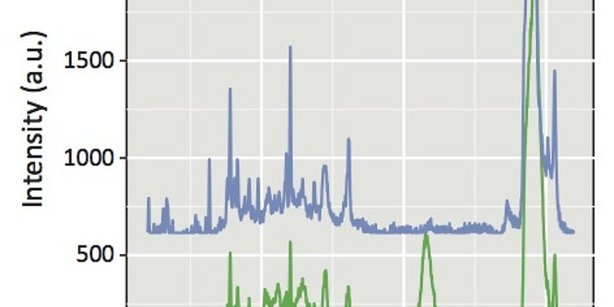BSC: Understanding the Key Players of N2 Fixation in European Biological Soil Crusts

Biological soil crusts (BSCs) are present in habitats where the growth of vascular plants is limited and play an essential role in soil stabilization…

Biological soil crusts (BSCs) are present in habitats where the growth of vascular plants is limited and play an essential role in soil stabilization…

The interactions between bacteria can have significant and wide-ranging effects on diverse ecosystems, yet our ability to directly and…

The presence of heritable bacterial endosymbionts in insects is widespread in nature. Their roles range from obligate mutualists with essential…

Intracellular bacteria including major pathogens generally live within their host cell’s cytoplasm or in cytoplasmic vacuoles. However, some can…

Free-living amoebae are ubiquitous, they feed on other microbes and shape microbial communities. They also serve as transient hosts for facultative…

Intracellular bacterial pathogens and symbionts maintain intimate interactions with their eukaryotic hosts, which have been shaped by mutual…

Soils are considered the last scientific frontiers that harbor one of the most diverse microbial communities on Earth. It is hypothesized that this…

The terrestrial nitrogen (N) cycle is essential for the Earth’s biosphere and intimately linked by microbial activity. Understanding the microorganism…

Soils encompass a large area on Earth, which is home to a multitude of our planet’s biodiversity including a vast number of bacterial, archaeal and…